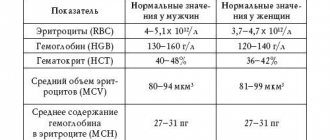Why is it necessary to regularly change engine oil?
The car engine operates under increased loads, during which friction of its components occurs. Lubrication reduces wear on elements, removes heat, and keeps working units clean.
During operation, the following changes occur with the liquid:
- viscosity reduction and oxidation;
- decrease in alkalinity due to the absorption of sulfur from the fuel;
- depletion of antifoaming additives and dispersing additives.
Dirt and dust enter the engine with air and remain on the oil film. When washed away, it enters the crankcase, from which the oil is sucked out by the pump. The mesh on its intake prevents only large debris from entering the system. Dust collects into large particles that can clog high pressure passages. This can only be avoided by regularly replacing the fluid.
What is a vehicle technical inspection?
Passing a technical inspection is mandatory for every vehicle in accordance with the requirements of Federal Law No. 170. If the procedure for passing a technical inspection is carried out legally and thoroughly, it allows you to promptly identify problems in the car and prevent cars in emergency condition from entering the roads.
Vehicles are inspected according to the same approved parameters:
- the compliance of the license plate with state standards is checked;
- first aid kit;
- presence of a fire extinguisher;
- general diagnostics;
- checking the functionality of the door locks and ignition switch;
- compliance with automotive fluid standards;
- the operation of the brake system is checked;
- comparison with standards for suspension and steering play;
- diagnostics of lighting devices;
- exhaust toxicity research.
All material obtained during the examination is entered into an electronic database and stored there until the next diagnosis.
Is it possible to get a diagnostic card online?
Each card is certified by a technical expert. Written out by hand, has two copies. The electronic version is made in one copy and is assigned a unique identification number. One of the written copies remains with the owner, and the second copy is kept in the expert department and is stored there for 3 years.
Documents in the electronic version are sent to the archive of the vehicle technical inspection information system (to EAISTO), where they will be stored for another 5 years.
The state duty for obtaining technical cards or their duplicates is no longer charged.
The new maintenance form was approved by order of the Ministry of Transport. And now there is a clear list of basic requirements for coupons:
- The card blank is green and measures 105*74 mm. Must be replicated on an electronic printing device.
- Each document has its own 10-digit number; it is printed using letterpress printing and glows green under infrared radiation.
- These are printed products with class B level of protection against counterfeiting.
The document that was previously issued to the car owner is changed to a new diagnostic card only after the final expiration of its validity period during the next technical inspection.
There are offers on the Internet from various companies to obtain the specified document online. It is important that in order to legally obtain a diagnostic card, it is necessary that the vehicle be inspected by specialists. Moreover, this must be done at a service station that has the appropriate certificate.
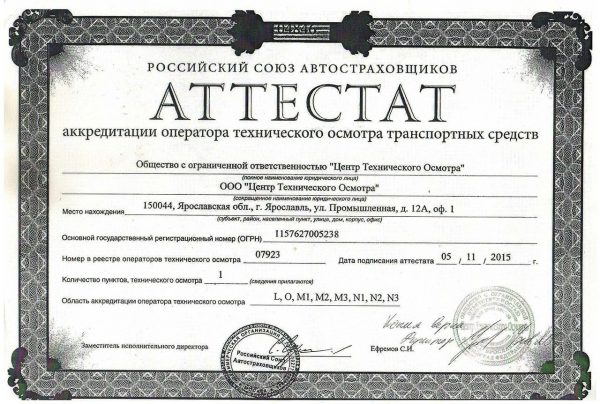
Mandatory accreditation of service stations for issuing a diagnostic card
When applying for a card via the Internet, there is a high chance of running into scammers. The card must be checked so that it is included in the EAISTO database. The operator is at great risk if he issues it without carrying out a technical inspection.
Therefore, it is better not to take risks and actually drive the car if it is more than three years old. If, when checking the card, it turns out that it is fake, no insurance company will issue an MTPL policy.

Checking the diagnostic card using the EAISTO database
So. Why carry out routine maintenance?
First of all, you need to understand that car maintenance itself is a preventive measure that is aimed at preventing possible problems in the early stages. Those who believe that waiting for a part to fail and then replacing it will be more economical than undergoing scheduled maintenance are deeply mistaken. Any car service center will confirm that car repairs are much more expensive. And even if you have a new car of a global brand, the laws of physics work on its units in the same way as on cars with high mileage, so even a small error in operation or a malfunction identified during diagnostics allows you to avoid serious breakdowns or even accidents.

Moreover, unlike cars of previous generations, a modern car is a complex of complex units controlled by electronics, so it cannot be done without computer diagnostics and other measures.
How dangerous is a mild form of coronavirus?
The danger of a mild form of coronavirus lies in late diagnosis of the disease. With prolonged absence of treatment and monitoring of vital signs, the risk of complications increases. A mild form of coronavirus causes changes in the functioning of the immune system, which can last up to 10 weeks from the onset of the disease. This shows up:
- in reducing the concentration of granulocytes;
- increased fatigue;
- neurological disorders;
- breathing problems.
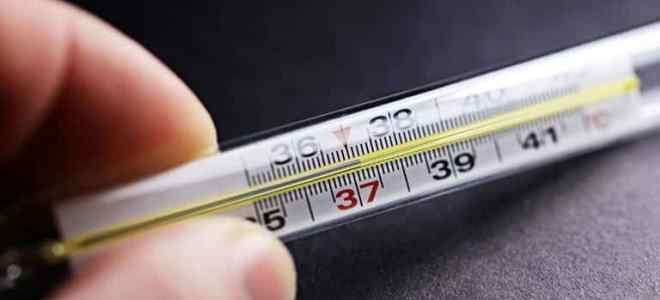
Features of changing oil in automatic transmission
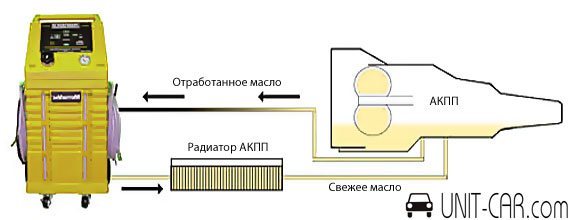
In automatic transmissions, the oil becomes very hot when driving. Therefore, the transmission is additionally equipped with a cooling radiator. Using hoses, the machine is connected to the radiator. The oil constantly circulates, cooling in the radiator and taking heat from the gearbox.
The automatic transmission oil must be changed every 50-60 thousand kilometers. This is due to the fact that over time the oil loses some important properties. In addition, during operation, small metal particles appear in it, leading to increased wear of automatic transmission parts.
You only need to fill in with high-quality gear oil, which is recommended by the car manufacturer. In this case, it is advisable to clean the automatic transmission tray and wash or replace the filter.
Even when removing the automatic transmission pan, not all the oil from the transmission is drained. Some of it remains in the pipes and radiator. This is where the main difficulty lies in changing the oil in a machine with your own hands.
Cost for new inspection
The FTS approved a document according to which the maximum maintenance prices for the current year were assigned. Since there are quite a few accredited operators, the average price of the service can vary. The state duty this year is no longer added to the amount for the inspection itself.
And yet, inspection rates vary greatly not only depending on the type of vehicle, but also on the region of the Russian Federation. Regional operators are authorized to set prices independently, without going beyond the legally established framework. The maximum sizes are set by the executive authority of the constituent entity of the Russian Federation.
Changing engine oil: Costs, replacement interval and types of engine oils
Typically today, automakers on modern cars recommend changing the oil every 15,000 km. So in Moscow and other large cities of the country we recommend changing engine oil every 10,000 - 12,000 km. In other regions, it is better to change the oil more often - every 8,000 - 10,000 km.
However, we draw your attention to the fact that the information in the service book does not take into account your individual driving style and operating conditions of the car. After all, your driving style and operating conditions directly affect engine oil wear. Therefore, under certain conditions, the oil change interval may be much shorter than recommended by the manufacturer.
16 Aug 2021 glavurist 260
- Related Posts
- Right of first refusal to purchase a room in a communal apartment
- How much does a cube of hot water cost in Ulyanovsk in 2021?
- Commercial proposal for the provision of security services sample
- Driver's blood alcohol level is acceptable
Methods for assessing oil condition
To independently check the condition of the old lubricant, remove some fuel. You must first warm up the engine to operating temperatures, which will be indicated by the cooling fan turning on, and then cool it to 60°C.
- Remove the oil dipstick. Assess the type of liquid based on characteristics such as color, smell, transparency.
- Determine the fluidity level by how a drop of lubricant flows from the dipstick. Normally, it should form a large drop and slowly separate from the surface of the device.
- At the same time, evaluate the transparency of the drop in the light and its color. The usable liquid has a yellow-brown tint.
When the result is visible
After completing the course, 1.5 months will pass. and the result of the tightening will be visible. Some experts advise doing the 2nd course after 6 months, others only after 1 year. After all, the result from the procedure lasts 2 years. There is no need for such frequent lifting. A visit to a cosmetologist can be safely postponed for this entire period. Don't be lazy to take care of your face every day. Some people apply only day or night cream to maintain a beautiful appearance; other women use both, after cleansing with lotion or gel.
Before undergoing a series of procedures, make sure that you have no contraindications.
Effect after the first session
After 1 procedure, the client will not notice any improvements in skin condition. The first results will appear after 1.5 months. Only then will the salon client see that the contours of her face have really tightened and she has acquired a healthy glow. The skin will be moisturized, tightened and elastic to the touch. The sessions will rejuvenate you and help you visually lose 3-7 years. Those who have not seen you for a long time will note that they are fresher and prettier. And don’t be upset that after 1 session the rejuvenating effect is not noticeable. Soon the skin will tighten and become prettier.
After completing the course
Many people are interested in what the effect will be after RF face lifting sessions in the salon:
- Many facial wrinkles, not all, but a sufficient number of senile wrinkles will be smoothed out. Those that remain will not be noticeable.
- The skin will become elastic and elastic. You will remember what he was like in his youth.
- The contour of the face will noticeably tighten.
- If there were scars on your face after acne or cuts, they will noticeably smooth out.
- The complexion will be better: the grayness will go away, with yellowness, and a blush will appear.
The effect of radiofrequency lifting on the fetus in the womb is not fully known. It is not known whether the procedure will affect lactation and in these conditions of the body the procedures cannot be started.
How many liters should be poured into the engine?
The volume of the required oil solution is indicated in the vehicle operating instructions. The manufacturer provides an indicator for a hollow, newly assembled power unit. Subsequently, after each drain, about 300-500 g of old oil remains in the pipeline-filter-motor-crankshaft-assemblies system.
You can find out the required volume of new lubricant from service station specialists or determine it from the table:
| Power plant volume, l | Required volume of lubricant, l | |
| Domestic cars | Foreign transport | |
| 1,6 | 3,3-4,0 | 3,5-4,2 |
| 2,0 | 3,9-4,4 | 4,0-4,6 |
| 2,5 | 4,0-5,4 | 4,2-5,6 |
| 3,0 | 4,2-5,7 | 4,2-5,8 |
| 4,0 | 7,1-8,5 | 7,3-8,7 |
| 4.4 | 7,5-9,5 | 7,8-9,7 |
| 5,5 | 8,0-10,0 | 8,2-10,2 |
How often should you have your car inspected?
The timing of the technical inspection and the validity of the diagnostic card depend on the year of manufacture of the car.
The frequency of maintenance depends on the class of the machine and the purpose for which it is used:
- periodicity is 2 years for cars if 3 to 7 years have passed since its production (the year of manufacture is the date indicated in the vehicle passport).
- after 1 year for cars if more than 7 years have passed since production, taking into account the year of manufacture.
Regardless of the year of manufacture, the following vehicles require maintenance every year:
- A truck with a maximum weight of 3.5 tons.
- All cars equipped with special signals (light and sound).
- “Training” vehicles used for driving training in driving schools.
Once every 6 months, regardless of the year of production, maintenance is carried out (clause 1, part 1, article 15 of Law dated 07/01/2011 N 170-FZ):
- Passenger taxi.
- Bus.
- A truck with the ability to transport passengers, where the number of seats is more than 8. The driver's seat is not taken into account.
- Special vehicles, as well as their trailers, in which dangerous goods are transported.
If desired, the vehicle owner can undergo maintenance until the previous coupon expires. The owner of the car cannot be denied this right.
Vehicle inspection times by year
| Vehicle service life (from the year of vehicle manufacture) | 1 year | 2 years | 3 years | 4 years | 5 years | 6 years | 7 years | from 8 years | ||||||||
| months since the beginning of the year | 6 | 12 | 6 | 12 | 6 | 12 | 6 | 12 | 6 | 12 | 6 | 12 | 6 | 12 | 6 | 12 |
| Vehicle type | ||||||||||||||||
| Taxi | X | X | X | X | X | X | X | X | X | X | X | X | X | X | X | X |
| Buses | X | X | X | X | X | X | X | X | X | X | X | X | X | X | X | X |
| Trucks designed and equipped for the transport of passengers, with a number of seats exceeding 8 (excluding the driver's seat) | X | X | X | X | X | X | X | X | X | X | X | X | X | X | X | X |
| Special vehicles and their principles, designed and equipped for the transportation of hazardous cargo | X | X | X | X | X | X | X | X | X | X | X | X | X | X | X | X |
| Trucks with a permissible maximum weight of more than 3500 kg. (except for the vehicles specified in clause 3) | X | X | X | X | X | X | X | X | ||||||||
| Vehicles equipped in accordance with the legislation of the Russian Federation with devices for supplying special light and sound signals (except for vehicles specified in clauses 1-4) | X | X | X | X | X | X | X | X | ||||||||
| Vehicles intended for training in driving vehicles (except for vehicles specified in clauses 1-4) | X | X | X | X | X | X | X | X | ||||||||
| Passenger cars with a permissible maximum weight of up to 3500 kg. (except for the vehicles specified in clauses 1-7) | X | X | X | X | ||||||||||||
| Trucks with a permissible maximum weight of up to 3500 kg. (except for the vehicles specified in clauses 1-7) | X | X | X | X | ||||||||||||
| Trailers and semi-trailers with a permissible maximum weight of up to 3500 kg. (except for vehicles specified in clauses 1-7) | X | X | X | X | ||||||||||||
| Motor vehicles | X | X | X | X | ||||||||||||
How much does it cost to change engine oil?
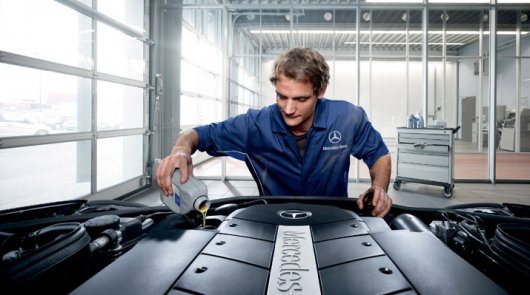
Where can I change the engine oil or can I do it myself? This question worries many of our car enthusiasts (motorists) today. This answer, of course, depends on how much money (amount of money) you are willing to spend on this procedure and whether you are familiar with the oil change process itself.
If your car is still under factory warranty, then we do not recommend that you change the engine oil yourself, as this may lead to a simple loss of such warranty. But this does not mean at all that you should buy oil only from a car dealer, overpaying him a lot of money for it. According to current legislation, you have the right to come to the official technical center already with oil and a filter purchased externally. So, dear friend, you can save quite a bit of money on this.
How much does it cost to replace engine oil in a car? Here it all depends, of course, on your make and model of car and on the volume of oil itself. Also, this cost of an oil change also depends on the cost per hour at a technical auto repair center.
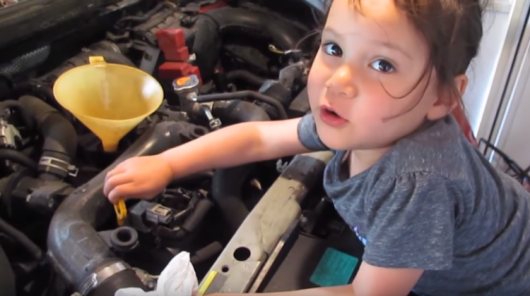
Of course, it is cheaper to change the engine oil yourself. But again, if your car is still under warranty, then there is a risk that the warranty will expire. Although this issue is controversial, since, if some kind of manufacturing defect is detected in the car (in the engine), a representative of the car plant will have to specifically prove that such an independent oil change led precisely to the failure of a certain part in the car.
Nevertheless, friends, do not forget that you and I live in Russia, where the laws are not very good and always work. Therefore, we better not advise you to change the oil yourself until the factory warranty expires. It will be better this way.
Now about the price. The average cost of oil change work in Russia today ranges from approximately 700 to 1000 rubles (unofficial, small-scale car services). Of course, the official price for an oil change will be significantly higher. Theoretically, engine oil can be changed cheaper, say, somewhere, for example, in a garage service.
Cost of manicure
A manicure with gel polish costs from 500 to 3000 rubles from different masters. But where does such a range of prices come from? Let's figure it out.
Manicure from a specialist: cheap
The low cost of the service is always due to the following factors:
- the master is a beginner and is gaining experience, attracting with the price;
- there is a promotion going on in the beauty salon;
- the master uses cheap and low-quality materials.
There are also craftswomen who work from home. Their services usually cost around 700-800 rubles. But there is a danger here: such “handicraftsmen” do not always follow the rules of instrument hygiene. A client blinded by profit can become infected with fungus, hepatitis and other diseases through unsterile equipment.
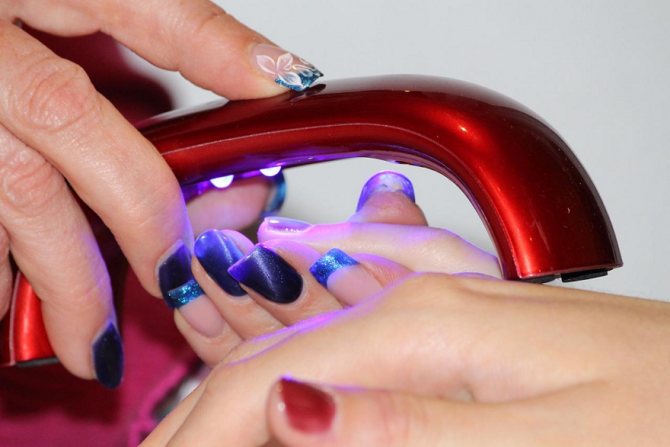
Manicure from a specialist: expensive
Ideally, the high cost (2000-3000 rubles) of a manicure in a salon is due to the highest qualifications of the master and the use of premium quality materials. But, unfortunately, this does not always happen, and the girl leaves the salon with a streaky coating that runs under the cuticle.
What to do? And it is undesirable to go to “cheap” masters, and “expensive” ones may not live up to expectations. We recommend going to trusted professionals whose reputation is confirmed by numerous reviews and examples of work.
Do-it-yourself manicure: starter package and its cost
Recently, girls are increasingly buying lamps and materials for doing their own manicure. Firstly, “if you want it done well, do it yourself,” and secondly, it will save both time and money. What is required for the starter package and how quickly will it pay for itself?
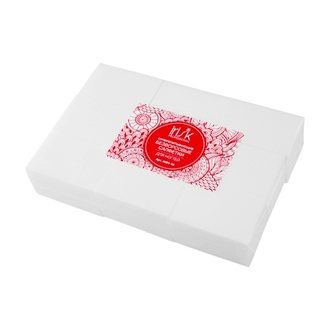
IRISK, Lint-free Super-absorbent wipes, 600 pcs, White
Non-woven soft absorbent wipes.
(55)
230 rub.
230 RUR Buy
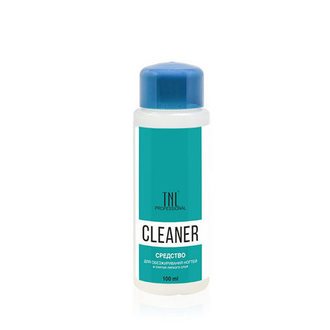
TNL, Nail degreasing and sticky remover, 100 ml
Liquid for degreasing the nail plate and removing the sticky layer.
(46)
99 RUR
We'll order soon

Planet Nails, UV Tunnel Rose Lamp, 36W (electronic)
Lamp for polymerization of gel polishes and any UV materials.
(29)
RUB 1,010
RUR 1,010 Buy
List of required items:
- scissors for removing cuticles (from 200 rubles);
- file (from 100 rubles);
- a metal pusher for pushing back cuticles or an orange wood stick (from 150 rubles);
- sanding block (from 40 rubles);
- cuticle remover (from 200 rubles);
- lint-free wipes (from 55 rubles);
- disinfectant liquid (from 70 rubles);
- UV lamp (average 1500 rubles) or LED/hybrid (average 2000-3000 rubles);
- dehydrator (from 170 rubles);
- primer (from 115 rubles);
- colored gel polishes, base + top (from 1000 rubles per set);
- liquid for removing gel polish (from 80 rubles);
- cuticle oil (from 60 rubles).
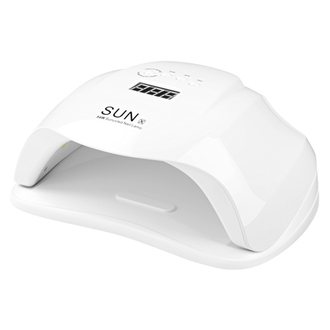
JessNail, UV/LED SUN X Lamp, 54 W, white
Professional touch lamp for polymerization of materials with ultraviolet LED technology.
(138)
RUR 2,222
RUR 2,222 Buy
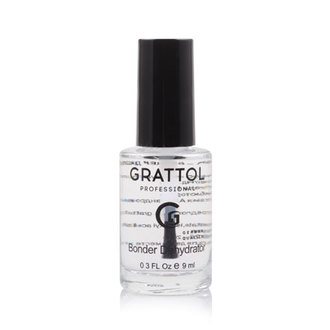
Grattol, Bonder Dehydrator, 9 ml
A preparation for disinfecting and degreasing nails before applying artificial coating.
(179)
200 rub
200 RUR Buy
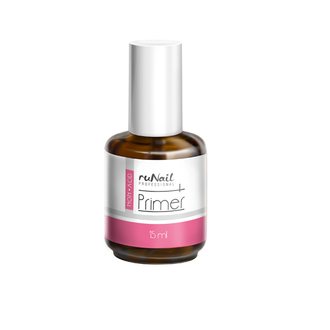
ruNail, Non-acid acid-free primer, 15 ml
Acid-free primer for gel systems.
(117)
196 RUR
196 RUR Buy

So, let's count. In order to start doing manicure at home yourself, we will need approximately
3,740 rubles.

The starter package will last for at least six months, taking into account the fact that you will do a manicure once every 2 weeks. So, in this case, the cost of a self-manicure with gel polishes turns out to be approximately
a little higher than 300 rubles.
More information about the technology of applying gel polishes at home can be found here.
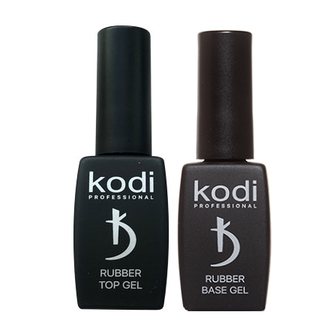
Kodi, Base and Top Set, 12 ml
Rubber base and top for gel polish.
(159)
RUB 1,150
We'll order soon
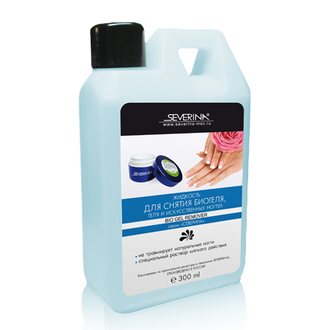
Severina, Liquid for removing biogel, gel and artificial nails 300 ml
Liquid for removing biogel, gel and artificial nails
(77)
227 RUR
227 RUR Buy
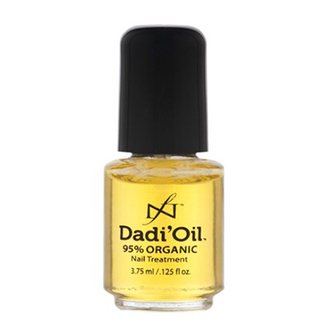
Step-by-step instruction
You can entrust the oil change to a car service center or do it yourself if the motorist has a little knowledge of the engine structure.
You can understand how to do this from the action diagram, suitable for most vehicle models:
- Work begins by warming up the engine system.
- Wait until the motor cools down to 60°C and at the same time find a container to drain the old material.
- Using a wrench, unscrew the plug on the crankcase at the bottom of the pan. You should act carefully so that the drained liquid does not flow out in a stream.
- Wait until the oil drains.
- Assess the type of old fluid and flush the system if necessary.
- Close the plug and add fresh oil, monitoring its level using the dipstick.
New rules for passing maintenance
The vehicle is inspected by a technical expert working for the selected operator. It issues diagnostic cards with permission/prohibition for vehicle operation. From May 4, 2021, all motorists will receive a ticket if the procedure is successful and if there are any inconsistencies with mandatory safety requirements, but in this case, the diagnostic card will be marked and the existing faults will be entered.
Safety assessment procedure:
- Instrumental diagnostics.
- Regulatory checks regarding license plates, fire extinguisher and first aid kit.
- Braking system assessment.
- Assessment of lighting characteristics and equipment.
- Assessment of steering and suspension play.
- Assessment of exhaust gas toxicity.
- Diagnostics of locking mechanisms.
- Regulatory testing of technical fluids.
Vehicles from categories N 1-2 and M 1-3 are checked for the functionality of the emergency alert system. But since not all cars are yet equipped with such buttons, the rule applies only to those that have them from the assembly line.
Fuel quality
It turns out that even the quality of the fuel being poured has a direct impact on the timing of engine lubricant replacement. The sulfur content of gasoline plays a decisive role here.
With a value of more than 50 ppm, such gasoline is not recommended for use in ordinary passenger cars. When fuel burns, sulfur is converted into sulfuric acid, which enters the fuel and oxidizes the engine oil. The grease becomes like tar.
Now let's move on to existing types of engine oils.
Oil and its resource
Oil and its life And now the most interesting thing is that no one will tell YOU at the dealer that certain lubricants need to be changed after a certain number of hours, even if your mileage is small, even very small.
WHY? Yes, because the protective properties are lost, that is, the engine will wear out quite a lot
Now there are only three types:
- This is a mineral water. By the way, it has almost disappeared in our country now; it should be replaced after a maximum of 150 engine hours (MH). After such a mileage, it also begins to burn, clogging your power unit.
- Semi-synthetic. It is worth changing it after 250 MH
- Synthetics. This is where the biggest difference is, there are cheap options (API SJ/SL, Mb 229.3, Vw 502, Bmw LL98) - replacing 250MCH. There are more advanced (improved crack) compounds (API SM/SN, Mb 229.5, Vw, Bmw LL-01) - here is a replacement for 300MCh. The best purified compounds (PAO approvals, Mb 229.5 Vw 502/505/ Bmw LL-01) – 350 MCH. Thus, in this class of lubricants the run time is from 250 to 350 operating hours. There are others, but they are very expensive - ESTER, the price tag is 3 - 4 times higher than ordinary synthetics, it is simply not profitable to pour it.
Exceeding these thresholds is not recommended. I REPEAT AGAIN - the properties of lubricating compounds are exhausted, and if you exceed the hours, this will be DIRECT wear on the engine. It won't work for very long, God forbid the warranty period.
Time
Main stages of manicure
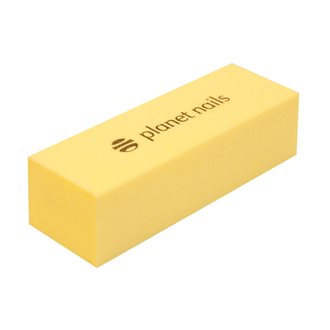
Planet Nails, Buff 4-sided Mylar, 180/180
Buff for polishing natural and artificial nails.
(36)
55 rub.
55 RUR Buy
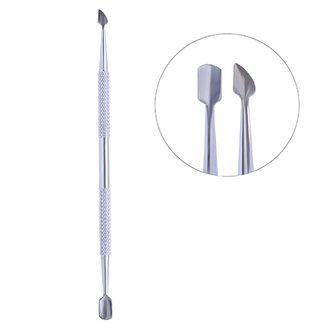
ruNail, Pusher with a hatchet, RU-0152
Pusher with a stainless steel hatchet.
(104)
135 RUR
135 RUR Buy
Below we present the traditional stages of manicure and the average time spent on them:
- if necessary: removal of the previous coating, which is affected by its layer, solubility, solvent quality, “age”. Usually the top is cut off before soaking (5-10 minutes), then the remaining material is removed. The complete removal process takes from 15 to 30 minutes;
- complete preparation of nails with treatment of the cuticle and pterygium - at least 30-40 minutes;
- applying the base - 5-10 minutes;
- drying the base in a lamp - from 30 seconds to two minutes (depending on the type and power of the device used);
- applying gel polish to the nails of both hands - 5-10 minutes;
- drying the color coating - 30 seconds-2 minutes;
- applying the second layer of color - 5-10 minutes;
- applying top coat and drying - all together for 5-10 minutes;
- removing the sticky layer - 1-2 minutes;
- treatment of cuticle with oil - 1-2 minutes.
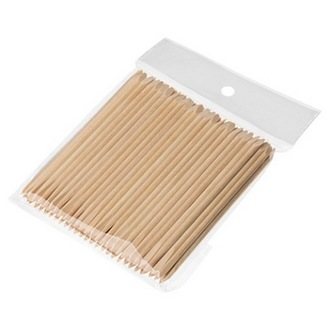
IRISK, Orange sticks “Triangular”, 90-100 pcs.
Orange wood sticks for manicure and pedicure.
(56)
170 rub.
170 RUR Buy
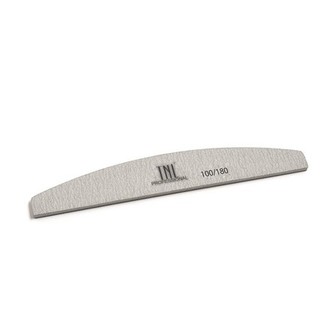
TNL, Boat file, gray 100/180
Professional file for artificial and natural nails with two working sides, each of which has abrasiveness.
(74)
26 rub.
Available the other day
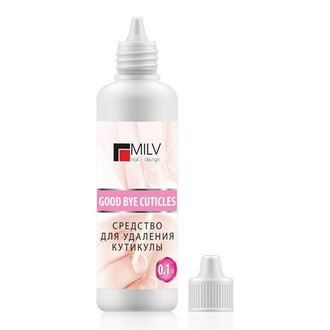
Milv, Good bye cuticles remover, 100 ml
Professional product for softening and removing cuticles.
(134)
220 rub.
We'll order soon
On average, the total duration of the procedure is an hour or two. If the work is performed by a professional (and uses a “high-speed” lamp), it usually lasts no more than an hour, provided that the master does not create super complex decor. Usually, the most time is spent on hand painting and design with rhinestones, but using sliders or film can reduce the duration of a manicure.

Do-it-yourself manicure at home
If you do a manicure at home yourself, the time spent on the process increases by 1.5-2 times. Because, for example, while the nails of one hand are drying in the lamp, the master uses this period to paint the nails of the second hand. When we create beauty alone, it is, of course, impossible to do this.
Manicure with regular polish
If we use traditional varnish (not shellac), then the duration of the manicure is longer, since if drying gel polish takes a maximum (!) 2 minutes, then drying regular polish (including base and top) takes up to five minutes. Let's add this time to the list above.
What if you get nail extensions?
If you build it up, then add about 4 minutes per nail to the announced total time (40 minutes in total). During this time, a professional usually removes the old coating, adjusts the length, arch and gives the final shape. Of course, the time increases if the nails are problematic and require additional treatment.
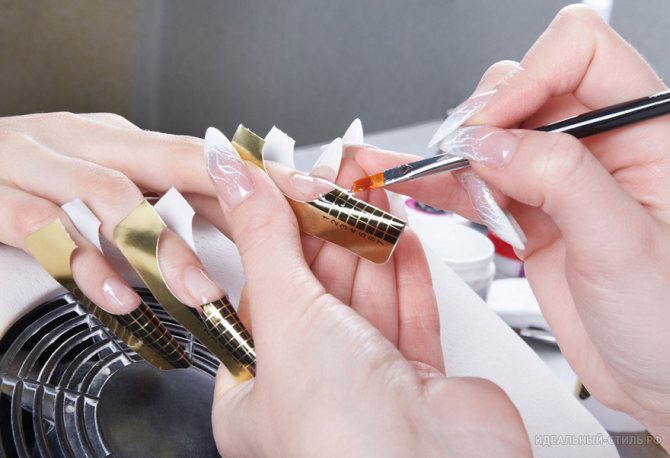
Oil selection
In this matter, it is best to follow the manufacturer’s advice, because it is with a specific type that the factory guarantees the best engine performance. A list of recommended fluids for replacement is located at the end of the vehicle's owner's manual. It is recommended to fill the VAZ 2114 car with semi-synthetic with a viscosity of 10W-40. Which specific manufacturer to choose is a personal matter for the motorist. But it should be taken into account that you will have to pay a large amount for a promoted brand (after all, advertising costs a lot of money).



